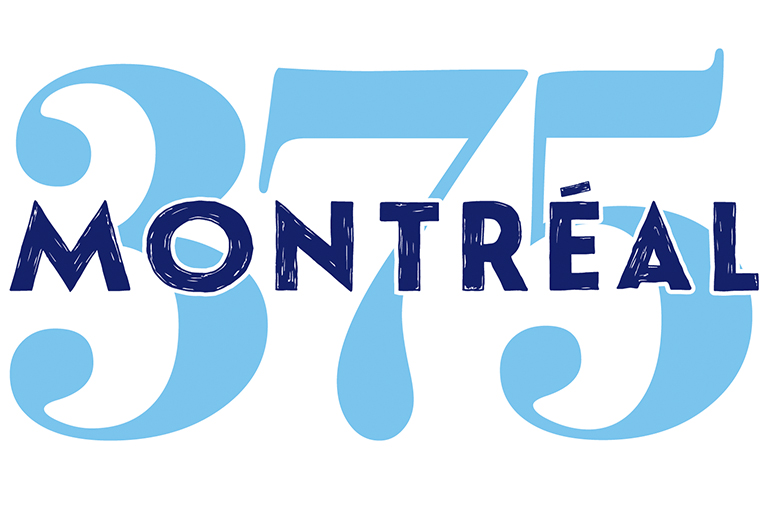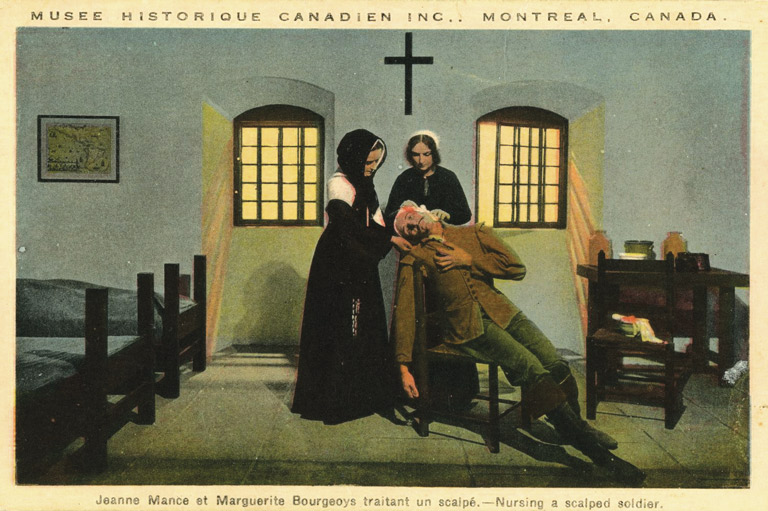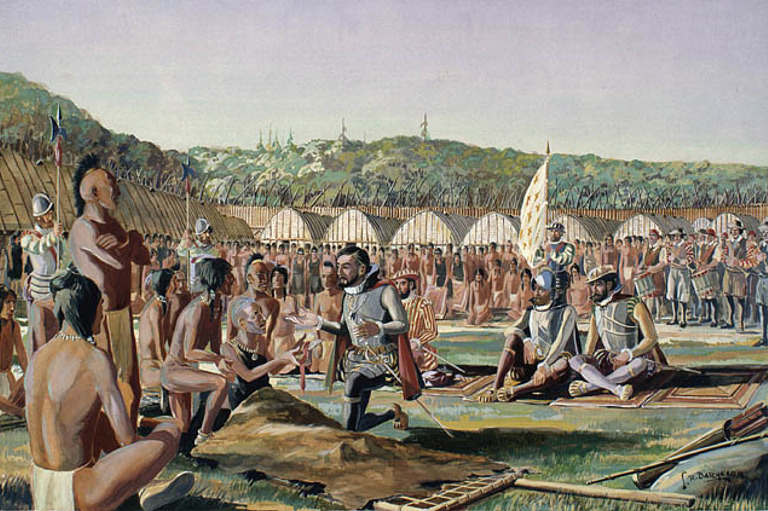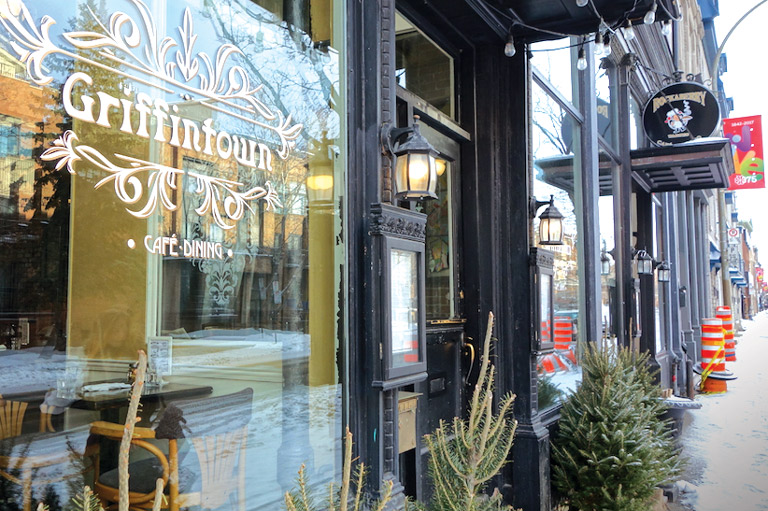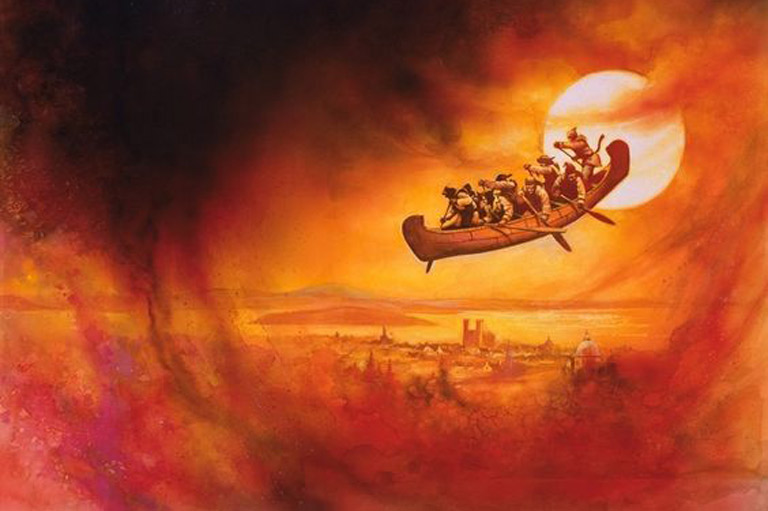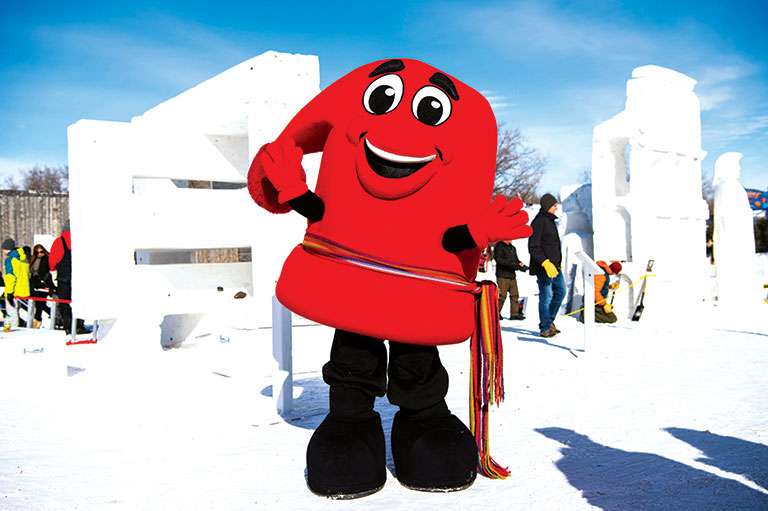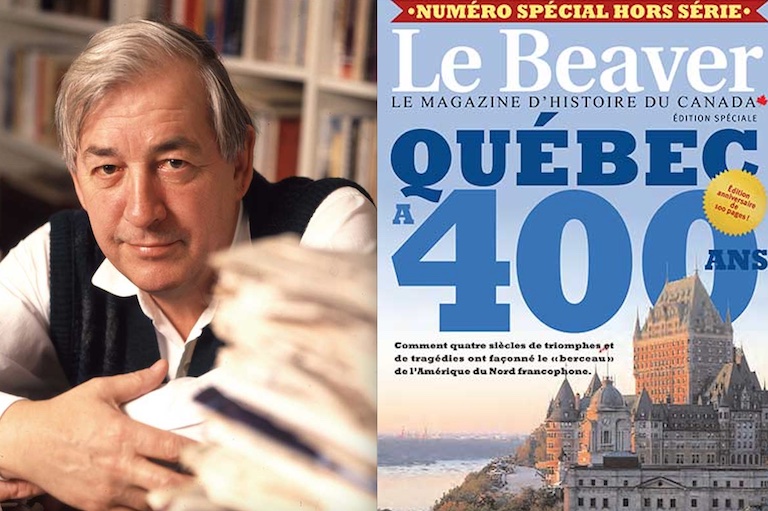Montréal in Time
Montréal is a blend of pleasant contradictions. A theatre of war and heartbreak, the metropolis is also a place where peace treaties were signed. It is French, British, Indigenous, new-Canadian and all of these at once. In a Montréal with resilient traditions lives a centripetal force that attracts novelty with its light. It is also centrifugal, as a preferred point of departure for courageous people and innovations of every kind. Thousands of pieces form its historical patchwork quilt. Here are a few of them:
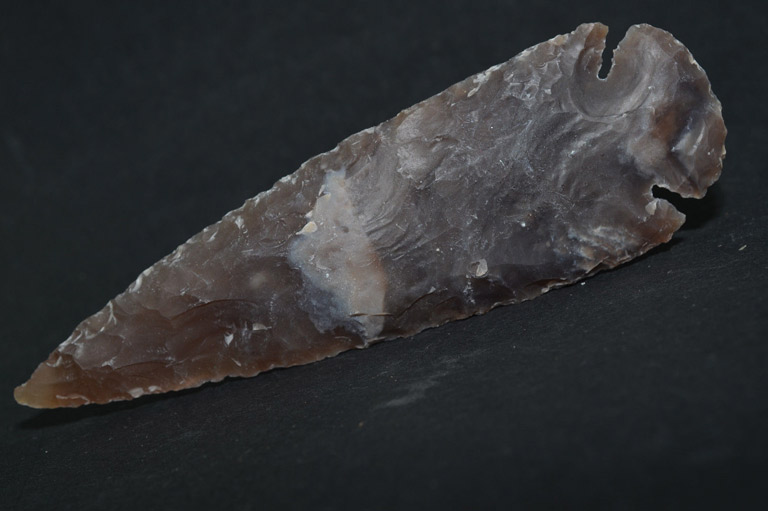
2000 BC
Earliest human presence
The island is inhabited several millennia before the arrival of Europeans. At the end of the Laurentian Archaic period or the beginning of the Early Woodland period, ancestors of a great part of Québec’s Indigenous people were already hunting, gathering, and cultivating around the St. Lawrence River. Stone tools found in the Montréal area are believed to be about four thousand years old.
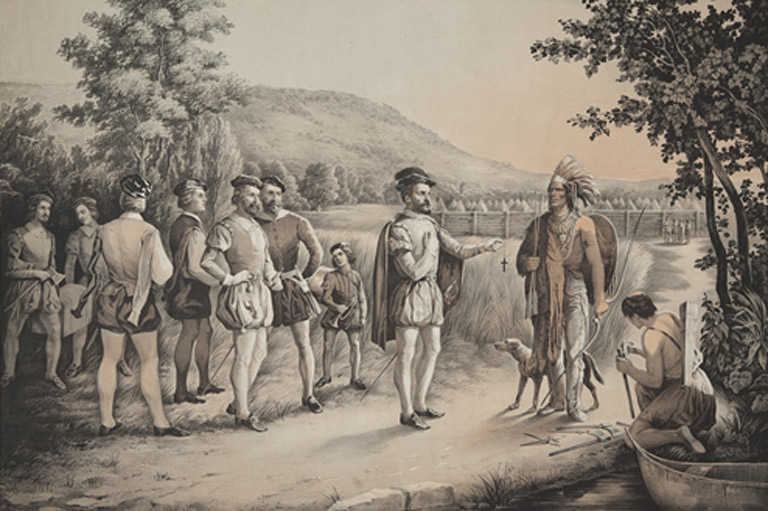
October 3, 1535
Jacques Cartier visits Hochelaga
French explorer and cartographer Jacques Cartier and a small troop of two dozen men approach Hochelaga, a St. Lawrence Iroquoian fortified village. The small town surrounded by corn fields is built atop a hill, near a mountain that Cartier will name Mons Realis (Latin for Mount Royal).
According to the explorer’s estimation, Hochelaga is home to more than a thousand people. After generally cordial exchanges, Cartier returns upstream to Stadacona (which later becomes the site of the village of Québec). At Stadacona, Cartier kidnaps Chief Donnacona and nine other St. Lawrence Iroquois and takes them to France in the spring of 1536, where most of them die. News about the exquisite furs of the New World spreads rapidly on the continent.
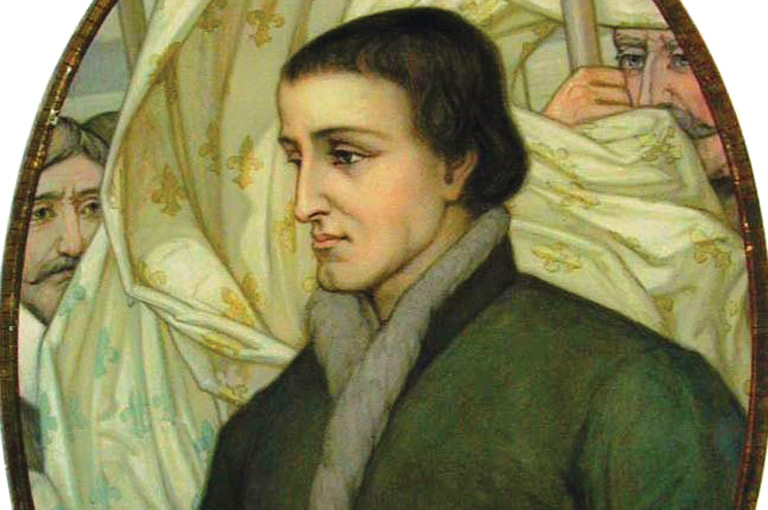
May 17, 1642
Maisonneuve and Mance found the mission of Ville-Marie
After establishing Québec in 1608 and Trois-Rivières in 1634, the French government plans a third settlement on the island of Montréal. The Société de Notre-Dame de Montréal is founded in 1639 to make the settlement a reality. Paul Chomedey de Maisonneuve, a young, ambitious nobleman who desires to become a missionary, and Jeanne Mance, a nurse with multiple talents, are chosen to fulfil the mission.
Departing from La Rochelle, France, in May 1641, the founders and their crew arrive in Québec in the fall and spend the winter in nearby Sillery. As soon as the ice covering the St. Lawrence River has thawed, the settlers board a boat again and arrive near the location of Hochelaga in May 1642. They dedicate their new settlement to the Virgin Mary by naming it Ville-Marie, a name that will be replaced a few decades later by Montréal.
Located near major Indigenous trade routes, Montréal soon becomes an important crossroads for the fur trade. Its advantageous location next to Huronia also makes it the ideal point of departure for evangelization missions.
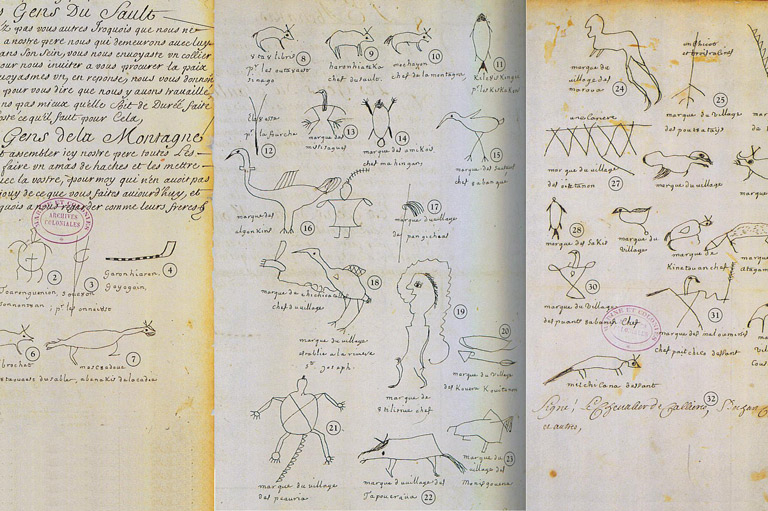
1701
The great peace of Montréal is signed by France and more than thirty First Nations
Montréal becomes a hub of the fur trade in the seventeenth century. An annual fur fair takes place there every summer. At the same time, conflicts arise among the First Nations for control of natural resources. Many attempts to maintain peace through military domination or through peace treaties fail. Complex economic, political, and military links between the Indigenous nations and their European allies prevent successful negotiations. A more global approach is needed.
A major step forward takes place in 1700 when France and the five nations of the Iroquois Confederacy — who are allied with the British — reach a first agreement. This gives France the necessary legitimacy to invite the nations surrounding the Great Lakes to a meeting in the summer of 1701. About 1,300 delegates representing thirty nations arrive. After lengthy discussions, all the parties gathered ratify the Great Peace of Montréal.
This major and unique diplomatic treaty (pictured above with signatures representing clan or personal totems) allows the reopening of large-scale commerce, and serves as a basis for future negotiations. The Great Peace of Montréal is an agreement still observed by several First Nations today.
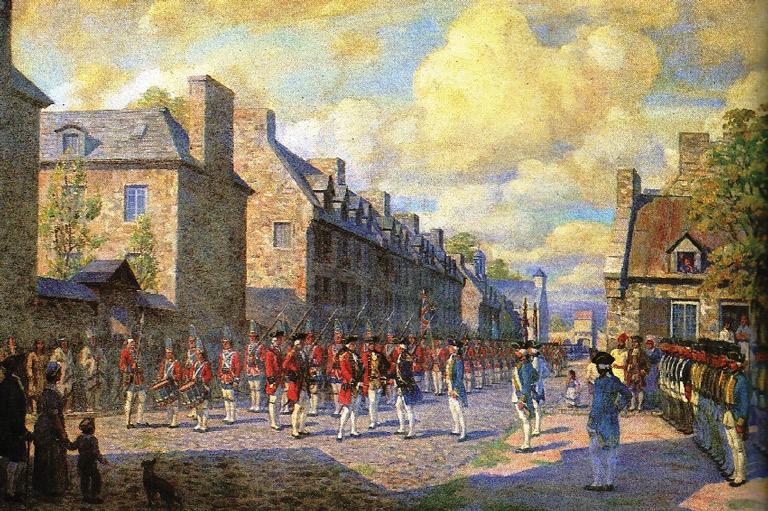
September 8, 1760
Montréal surrenders to the British
After a decisive British victory on the Plains of Abraham and the capture of Québec City, British troops assemble under Jeffrey Amherst and march towards Montréal. After a couple of hours of negotiation, Montréal surrenders with conditions that will shape the cohabitation of the French and British in British North America. First, civic laws were to respect the Custom of Paris, landowners and merchants were to keep their property, and the Roman Catholic faith would be guaranteed free expression. Then, Indigenous allies of the French would be allowed to retain their possessions. Finally, French archives would be protected — a stroke of luck for modern historians.
The British regime officially starts in 1763 after the signing of the Treaty of Paris. However, the war years have devastated the colony, which is literally in ruins. British institutions are progressively put in place as the country is transformed into a British colony.
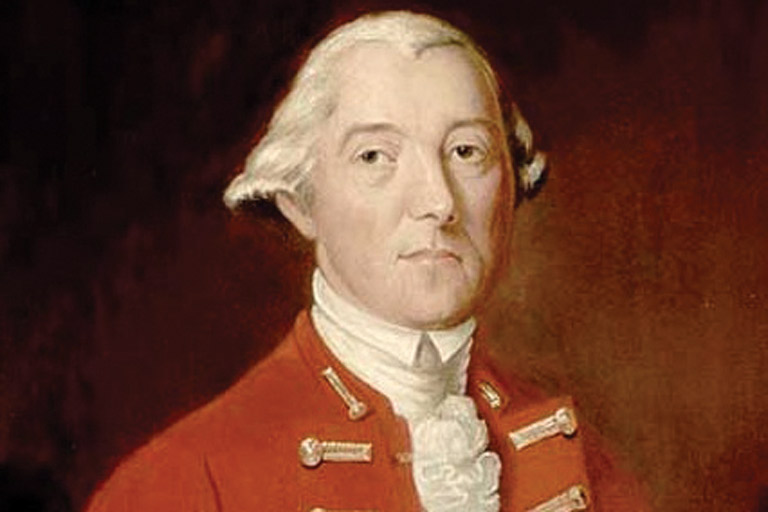
1775
Montréal is briefly occupied by the Americans
In 1775, discontent shakes the Thirteen Colonies, and rebels foment a revolt in a dispute over taxes and other issues of colonial administration. The unrest is fuelled by the signing of the Québec Act of 1774, which raises the ire of anti-Catholic English Protestants because it protects French and Catholic cultures in America and offers Montréal merchants a significant advantage on fur resources.
Revolutionary grievances are echoed in the colony, mainly in Montréal, where a pro-American movement appears.
American troops led by Richard Montgomery appear on Canadian soil, capturing Fort Saint-Jean and then Montréal after British General Guy Carleton withdraws his troops from the city. The city is occupied from November 28, 1775, to May 9, 1776, when the failure of the siege of Québec forces the revolutionary troops to fall back to New York. Despite their failure to hold Canada, the rebels achieve their revolution, and a new country is born in the south. The 1783 Treaty of Paris seals the victory.
From 1775 on, around eighty thousand citizens faithful to the Crown immigrate to Canada. Few go directly to Montréal but, because it is a growing economic centre, the city eventually draws in many Loyalists.
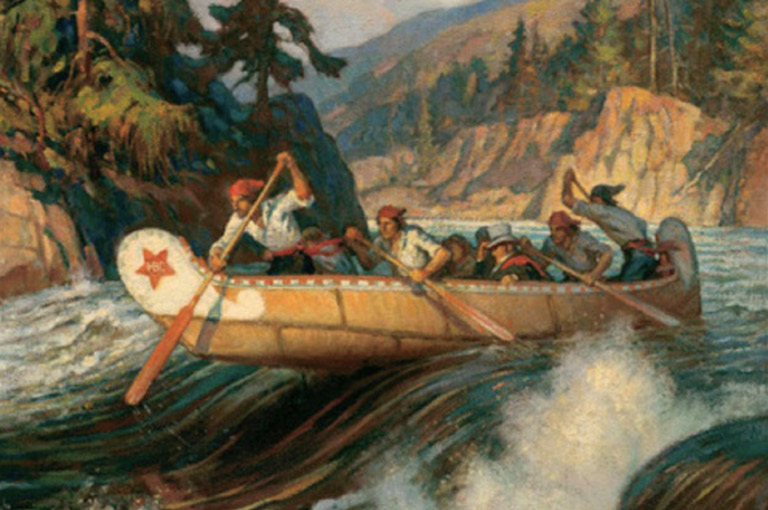
1783
Montréal in a fur coat
The American Revolution and the new boundary delineation profoundly changes the fur trade. The impossibility of exploiting resources south of the Great Lakes compels travelling merchants, who were well funded by new British immigrants in Quebec, to go further north, near Hudson Bay.
The Hudson's Bay Company (HBC) already holds many fur-trading posts in the North, but the newcomers achieve better results. This situation pushes the HBC to found new trading posts in the interior. In 1783, the new North West Company is founded in Montréal, igniting a fierce rivalry with the HBC. After armed confrontations, the government forces the two companies to amalgamate.
Strong competitive pressure from American companies encourages the newly merged company to explore and found new posts in the West. As the fur trade declines, colonization becomes more important. As a result, railroads are built, and Montréal becomes an important rail centre.
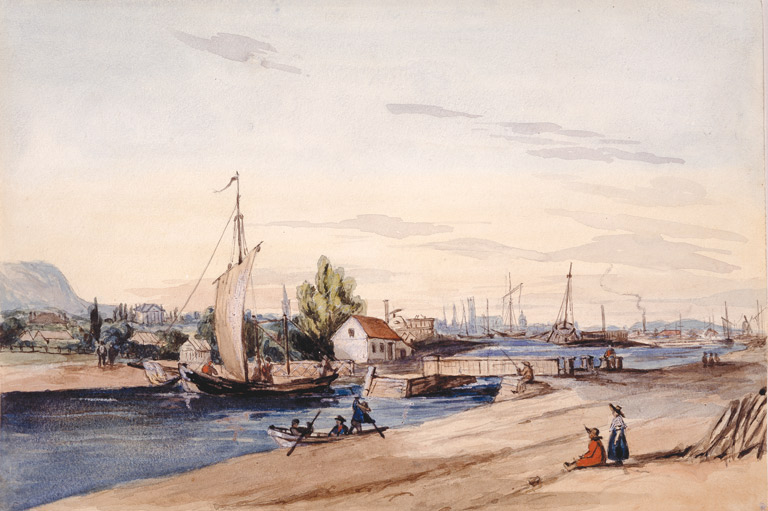
1825
Opening of the Lachine Canal
Since the beginning of European exploration of the St. Lawrence River, the Lachine Rapids have been a major obstacle preventing boats from reaching the Great Lakes. The rapids hinder the transport of merchandise and the development of settlements upstream.
After several postponements in the seventeenth and eighteenth centuries, work starts in 1821 on the Lachine Canal. It is completed in 1825. However, the Erie Canal, further south, is already in operation, and Montréal cannot rival New York.
Ocean ships from Québec could nonetheless go further upstream and — especially after the dredging of the St. Lawrence River in 1854 — stop in Montréal. Strong wood, iron, and wheat industries develop around the canal, and the metropolis benefits, becoming a predominant industrial centre in Canada.
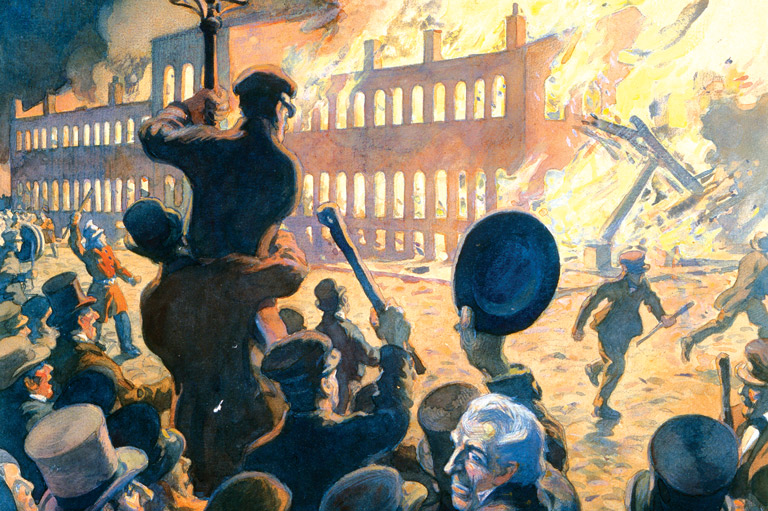
April 25, 1849
Burning of the Parliament in Montréal
In 1837–38, following years of tensions between Lower Canada's anglophone Protestant minority and its francophone Catholic majority, French Canadians revolt against the refusal of the British Crown to give responsible government to Lower Canada. Not long afterwards, a more short-lived revolt takes place in Upper Canada (present-day Ontario) to protest the rule of a privileged oligarchy. Both rebellions are repressed, and the two provinces are fused as the United Province of Canada, with the capital established in Montréal.
The armed uprisings and their repression result in heavy property damage. Citizens in English-speaking Canada receive compensation for damage caused by the Upper Canada Rebellion. But when laws are passed at the Parliament of Montréal to similarly compensate French Canadians, many British citizens in Montréal protest because they see it as a payment for disloyalty.
When the legislation receives final assent by Governor General Lord Elgin on April 25, 1849, anger turns to violence. A disgruntled mob assaults the governor, breaks into Parliament, and burns it to the ground. Because of the fire, the capital moves first to Toronto and then to Ottawa in 1857.
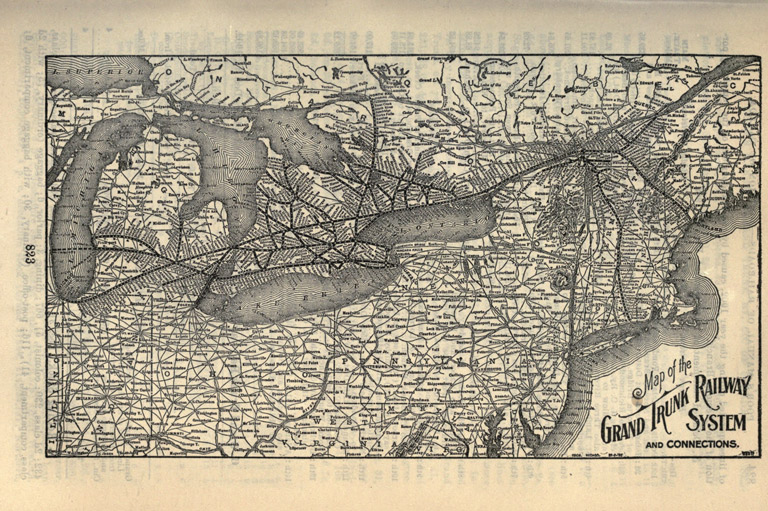
1856
Montréal, Railroad Capital
By 1850, Montréal is already a dominant economic centre in Canada. The Lachine Canal has eased the shipping of merchandise, and the establishment of a railroad system has further strengthened its leading position.
In 1856, a bold project linking Montréal to Toronto is inaugurated: the Grand Trunk Railway. After several acquisitions, the Grand Trunk exploits railways between Portland, Maine, and Sarnia, Ontario. In Montréal, business offices are later opened for the Canadian Pacific and the Canadian National railways.
The combined effects of the railroads and the waterway give Montréal an edge to become a vital commercial exchange city. It is also the obvious choice as the point of departure for many settlers moving to new provinces in Western Canada.
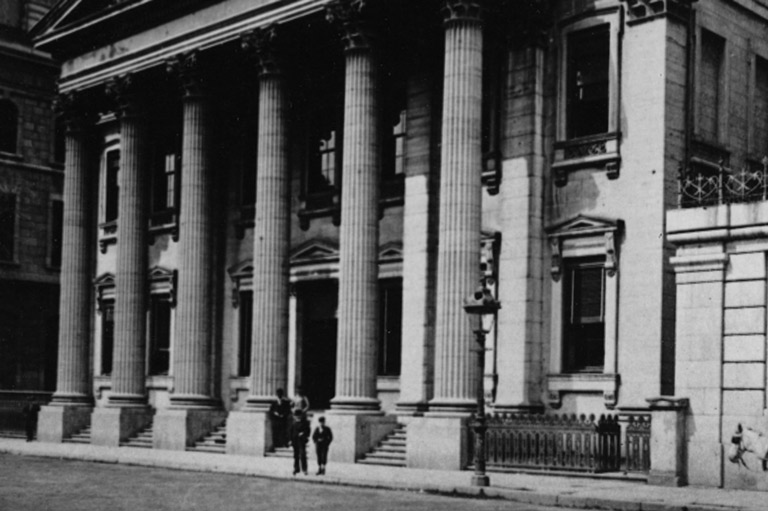
1900
Montréal becomes a Canadian banking centre
Thanks to opportunities provided by the railroads and the Lachine Canal, new industries and manufacturers settle in Montréal. Between 1890 and 1910, the population of the city triples.
Banks also take root. The Bank of Montreal, Bank of British North America, Merchants Bank of Canada, Molson Bank, Royal Bank of Canada, Provincial Bank of Canada, Laurentian Bank and many others all open offices in Montréal. Most set up their storefronts in old neighbourhoods, with many on Rue Saint-Jacques, or St. James Street.
Fierce competition begins with Toronto to attract capital and to invest in ambitious but risky projects.
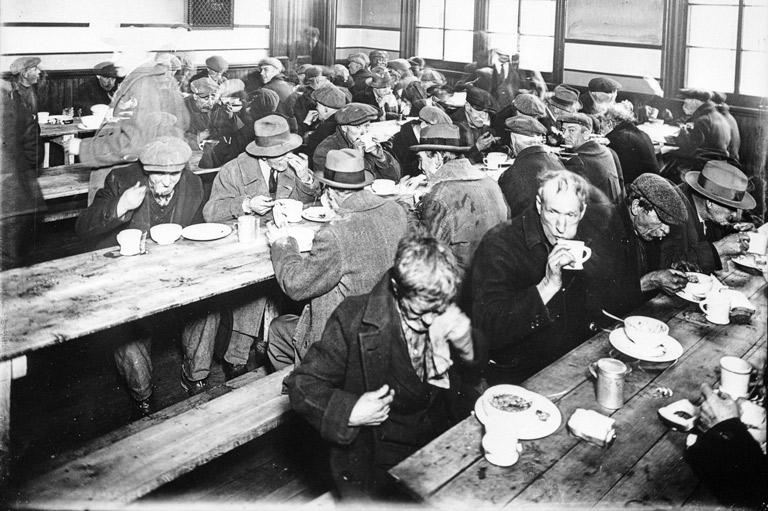
October 29, 1929
The Stock Market Crash
Along with other markets, the Montreal Stock Exchange, then the most important in Canada, plunges. Some stocks lose as much as forty per cent of their value. The most affected people are small savers, some of whom bought stocks on credit.
Hard times follow as unemployment soars. Manufacturing and transport industries close their shops following a slowdown in production and exports. During the winter of 1932–33, nearly a quarter of Montréal’s population relies on government aid and charities to survive. As a remedy, the province starts a back-to-the-land program. City dwellers leave to settle in remote regions such as Abitibi-Témiscamingue.
The Second World War eventually brings renewed prosperity, with Montréal becoming a major production centre for ammunition and other war goods.
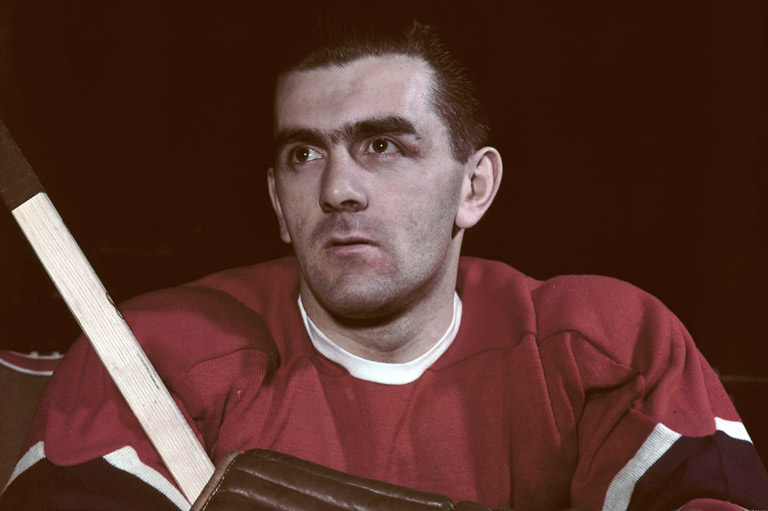
March 17, 1955
Richard Riot
Maurice Richard, right winger for the Montreal Canadiens, is considered not only a sports star, but also a role model for French Canadians. On March 15, 1955, in a game against the Boston Bruins, Richard is held from behind by a referee during a brawl as Hal Laycoe, a Bruin, punches him recklessly. Richard breaks free and punches the referee in the face.
He is suspended for the rest of the regular season and the playoffs, a decision that virtually eradicates any chance of the Montreal Canadiens winning the Stanley Cup. Incensed fans start a riot. This violent demonstration is considered by many to be an early sign of the Quiet Revolution.
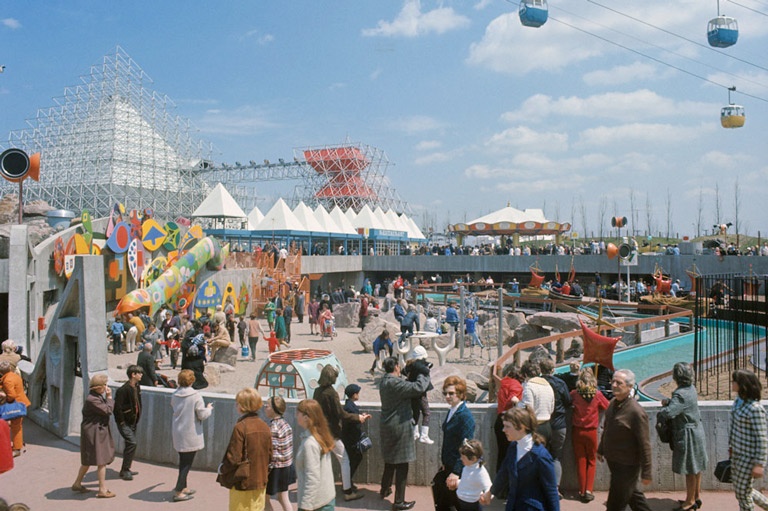
The 1960s & 1970s
Quiet Revolution, Expo 67 and the 1976 Olympic Games
The Quiet Revolution — a set of social, political, religious, and economic changes in Quebec during the 1960s — has a lasting impact on Montréal. The metropolis modernizes itself and becomes once again an international hot spot for innovation and avant-gardism.
In 1967, Canada’s centennial year, Montréal hosts the world’s fair. It displays its know-how in architecture, urban design, and technology. There are about fifty million paid admissions to Expo 67 — a number more than twice the Canadian population. Nine years later, Montréal hosts the Olympic Games, to date the only Summer Games ever held in Canada.
Themes associated with this article
Advertisement

